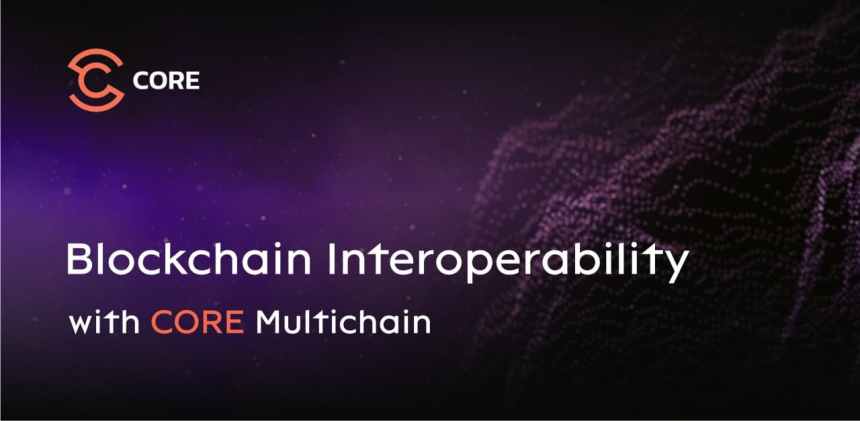Reason to trust

How Our News is Made
Strict editorial policy that focuses on accuracy, relevance, and impartiality
Ad discliamer
Morbi pretium leo et nisl aliquam mollis. Quisque arcu lorem, ultricies quis pellentesque nec, ullamcorper eu odio.
Blockchain Interoperability and CORE
The number of blockchain applications is partly growing due to developers’ willingness to entirely utilize the technology’s potential outside of the box. The increase is also based on the realization that no single solution will be able to meet all of the blockchain’s requirements simultaneously. All of these chains need to become interoperable. So, let’s take a closer look at blockchain interoperability and why it’s so important.
What is Blockchain Interoperability
The ability to transfer information across different blockchain systems or networks without the help of 3rd parties is known as blockchain interoperability. All blockchains, ledgers, and DAGs carry out different transactions and process varying amounts of data. It’s also becoming evident that separate networks and blockchains are created for labor unions, religions, community organizations, and government departments. The rapid development of blockchains is expected to result in a plethora of chain types. CORE Multi-Chain technology is one such technology that is gaining traction.
Importance of Blockchain Interoperability
The ability of diverse blockchain networks to communicate and integrate will determine the viability of blockchain technology. As a result, blockchain interoperability refers to the concept of distinct blockchains communicating with one another to facilitate information sharing. Interoperability makes it easy for people to transact on other blockchains with ease. It offers diverse functionalities such as cross-chain transactions and enhances multi-token transactions by creating a multi-token wallet system.
Blockchain Interoperability Challenges and Possible Solutions
The fact that various blockchain systems do not speak the same language is one of the main obstacles to blockchain interoperability. To begin, many sophisticated platforms in use include variable degrees of smart contract implementation. For any interconnection to take place, transaction systems and consensus models in various projects must differ significantly.
A solution that permits universal communication between different blockchains is required to address some of the underlying difficulties that restrict blockchain interoperability. However, in particular, Open protocols and Multi Chain Frameworks are being offered as possible answers to blockchain interoperability concerns.
Use of CORE Multi-Chain Framework
The CORE Multi-Chain framework serves as an inclusive environment for blockchains to connect to. This framework helps in open communication as well as data and value transfer between different blockchains. Blockchains can link into the CORE Multi-Chain Framework and become part of a standardized ecosystem to share data. Because of this, the project is frequently referred to as the Internet of Blockchains, as it has unique and promising features in terms of blockchain interoperability. The CORE multi-chain framework aims to improve on the likely areas where Blockchain technology has some cons. So. It’s an exciting project that looks promising.
Final Words
Given the ever-increasing necessity, many developers are already working on ideal methods to improve the connection across multiple blockchain networks. As a result, as developers seek to accelerate blockchain mainstream adoption, the number of blockchain interoperability initiatives is on the rise. As previously said, blockchain interoperability is a significant element of the technology. This notion has the potential to broaden the scope of cryptocurrency use while also speeding up blockchain adoption. This looks amazing, and if blockchain can ultimately achieve interoperability, it will be a huge step forward to the system.
Purchase CMCX
CORE’s CMCX token can be purchased on a number of exchanges, including P2PB2B, BitMart, LBank, and more. For the full list, visit their website.



























